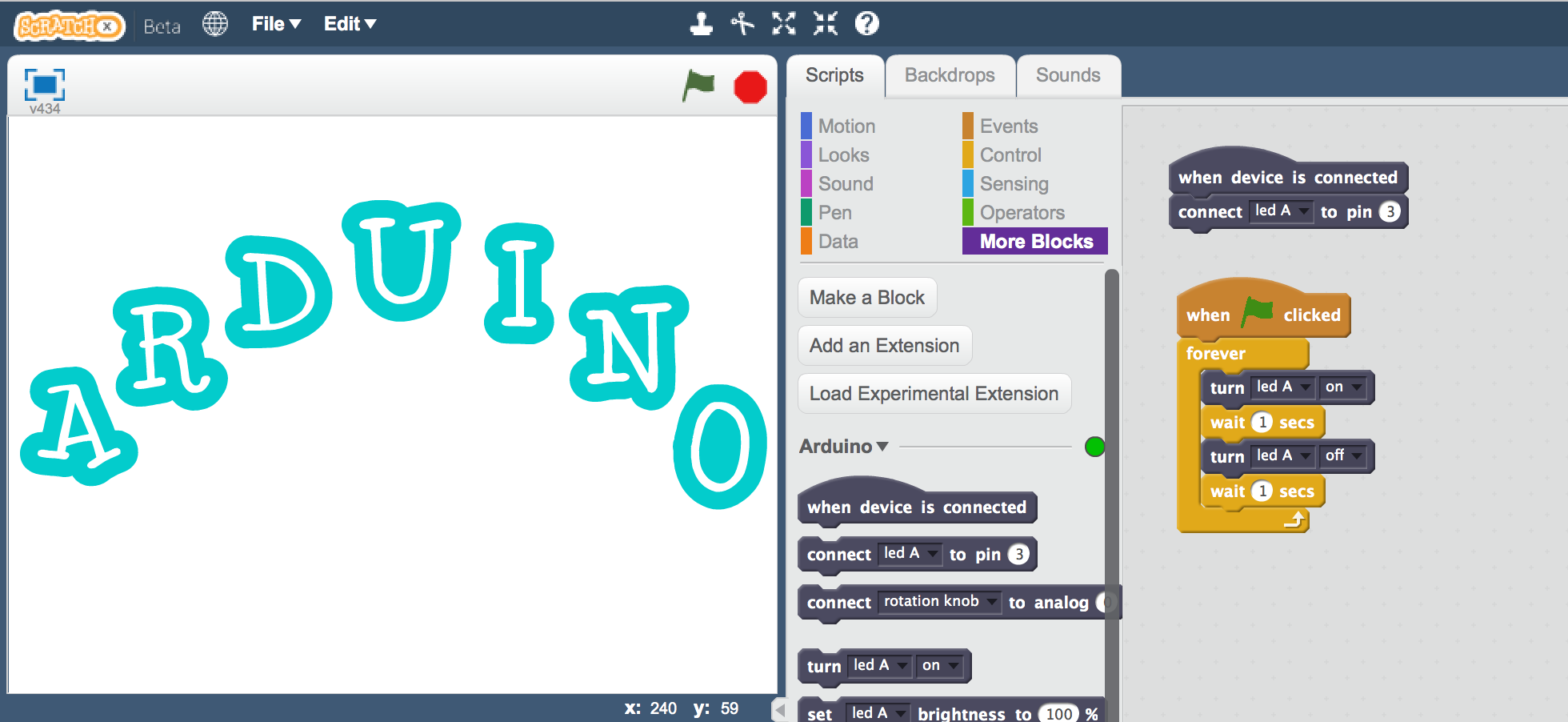INTRODUCTION
In the course of doing business, sometimes sensitive data must be handed over to supposedly trusted third parties. For example, a hospital may give patient records to researchers who will devise new treatments. Similarly,
a company may have partnerships with other companies that require sharing customer data. Another enterprise may outsource its data processing, so data must be given to various other companies.We call the owner of the data the distributor and the supposedly trusted third parties the agents. Our goal is to detect when the distributor’s sensitive data has been leaked by agents, and if possible to identify the agent that leaked the data. We consider applications where the original sensitive data cannot be perturbed. Perturbation is a very useful technique where the data is modified and made “less sensitive” before being handed to agents. For example, one can add random noise to certain attributes, or one can replace exact values by ranges . However, in some cases it is important not to alter the original distributor’s data. For example, if an outsourcer is doing our payroll, he must have the exact salary and customer bank account numbers. If medical researchers will be treating patients (as opposed to simply computing statistics), they may need accurate data for the patients. Traditionally, leakage detection is handled by watermarking, e.g., a unique code is embedded in each distributed copy. If that copy is later discovered in the hands of an unauthorized party, the leaker can be identified. Watermarks can be very useful in some cases, but again, involve some modification of the original data.
Furthermore, watermarks can sometimes be destroyed if the data recipient is malicious. In this paper we study unobtrusive techniques for detecting
leakage of a set of objects or records. Specifically, we study the following scenario: After giving a set of objects to agents, the distributor discovers some of those same objects in an unauthorized place. (For example, the data may be found on a web site, or may be obtained through a legal discovery process.) At this point the distributor can assess the likelihood that the leaked data came from one or more agents, as opposed to having
been independently gathered by other means. Using an analogy with cookies stolen from a cookie jar, if we catch Freddie with a single cookie, he can argue that a friend gave him the cookie. But if we catch Freddie with 5 cookies, it will be much harder for him to argue that his hands were not in the cookie jar. If the distributor sees “enough evidence” that an agent leaked data, he may stop doing business with him, or may initiate legal proceedings. In this paper we develop a model for assessing the “guilt” of agents. We also present algorithms for distributing objects to agents, in a way that improves our chances of identifying a leaker. Finally, we also consider the option of adding “fake” objects to the distributed set. Such objects do not correspond to real entities but appear realistic to the agents. In a sense, the fake objects acts as a type of watermark for the entire set, without modifying any individual members. If it turns out an agent was given one or more fake objects that were leaked, then the distributor can be more confident that agent was guilty.
ABSTRACT:
A data distributor has given sensitive data to a set of supposedly trusted agents (third parties). Some of the data is leaked and found in an unauthorized place (e.g., on the web or somebody’s laptop). The distributor must assess the likelihood that the leaked data came from one or more agents, as opposed to having been independently gathered by other means. We propose data allocation strategies (across the agents) that improve the probability of identifying leakages. These methods do not rely on alterations of the released data (e.g., watermarks). In some cases we can also inject “realistic but fake” data records to further improve our chances of detecting leakage and identifying the guilty party.
EXISTING SYSTEM:
Traditionally, leakage detection is handled by watermarking, e.g., a unique code is embedded in each distributed copy. If that copy is later discovered in the hands of an unauthorized party, the leaker can be identified. Watermarks can be very useful in some cases, but again, involve some modification of the original data. Furthermore, watermarks can sometimes be destroyed if the data recipient is malicious. E.g. A hospital may give patient records to researchers who will devise new treatments. Similarly, a company may have partnerships with other companies that require sharing customer data. Another enterprise may outsource its data processing, so data must be given to various other companies. We call the owner of the data the distributor and the supposedly trusted third parties the agents.
PROPOSED SYSTEM:
Our goal is to detect when the distributor’s sensitive data has been leaked by agents, and if possible to identify the agent that leaked the data. Perturbation is a very useful technique where the data is modified and made “less sensitive” before being handed to agents. we develop unobtrusive techniques for detecting leakage of a set of objects or records.
In this section we develop a model for assessing the “guilt” of agents. We also present algorithms for distributing objects to agents, in a way that improves our chances of identifying a leaker. Finally, we also consider the option of adding “fake” objects to the distributed set. Such objects do not correspond to real entities but appear realistic to the agents. In a sense, the fake objects acts as a type of watermark for the entire set, without modifying any individual members. If it turns out an agent was given one or more fake objects that were leaked, then the distributor can be more confident that agent was guilty.
Objective:
The main objective of the project is provide strong proof against the guilty who had leaked the data and if the possible to detect whenever the data is leaked by the guilty.
MODULES:
1. Data Allocation Module:
The main focus of our project is the data allocation problem as how can the distributor “intelligently” give data to agents in order to improve the chances of detecting a guilty agent,Admin can send the files to the authenticated user, users can edit their account details etc. Agent views the secret key details through mail. In order to increase the chances of detecting agents that leak data.
2. Fake Object Module:
The distributor creates and adds fake objects to the data that he distributes to agents. Fake objects are objects generated by the distributor in order to increase the chances of detecting agents that leak data. The distributor may be able to add fake objects to the distributed data in order to improve his effectiveness in detecting guilty agents. Our use of fake objects is inspired by the use of “trace” records in mailing lists. In case we give the wrong secret key to download the file, the duplicate file is opened, and that fake details also send the mail. Ex: The fake object details will display.
3. Optimization Module:
The Optimization Module is the distributor’s data allocation to agents has one constraint and one objective. The agent’s constraint is to satisfy distributor’s requests, by providing them with the number of objects they request or with all available objects that satisfy their conditions. His objective is to be able to detect an agent who leaks any portion of his data. User can able to lock and unlock the files for secure.
4. Data Distributor:
A data distributor has given sensitive data to a set of supposedly trusted agents (third parties). Some of the data is leaked and found in an unauthorized place (e.g., on the web or somebody’s laptop). The distributor must assess the likelihood that the leaked data came from one or more agents, as opposed to having been independently gathered by other means.Admin can able to view the which file is leaking and fake user’s details also.
A distributor owns a set T={t1,…,tm}of valuable data objects. The distributor wants to share some of the objects with a set of agents U1,U2,…Un, but does not wish the objects be leaked to other third parties. The objects in T could be of any type and size, e.g., they could be tuples in a relation, or relations in a database. An agent Ui receives a subset of objects, determined either by a sample request or an explicit request:
1. Sample request
2. Explicit request
Guilt Model Analysis:
our model parameters interact and to check if the interactions match our intuition, in this section we study two simple scenarios as Impact of Probability p and Impact of Overlap between Ri and S. In each scenario we have a target that has obtained all the distributor’s objects, i.e., T = S.
Hardware Required:
v System : Pentium IV 2.4 GHz
v Hard Disk : 40 GB
v Floppy Drive : 1.44 MB
v Monitor : 15 VGA colour
v Mouse : Logitech.
v Keyboard : 110 keys enhanced.
v RAM : 256 MB
Software Required:
v O/S : Windows XP.
v Language : JAVA, JSP
Data Base : My Sql











